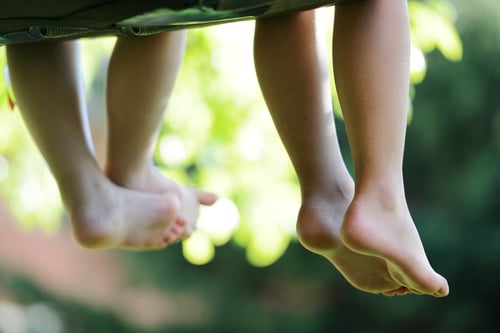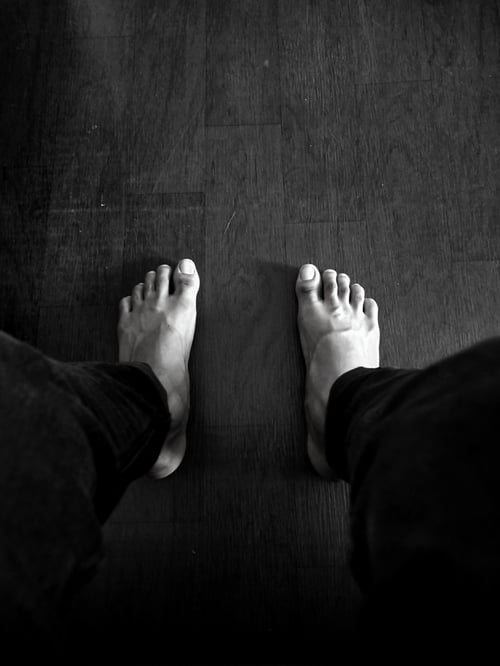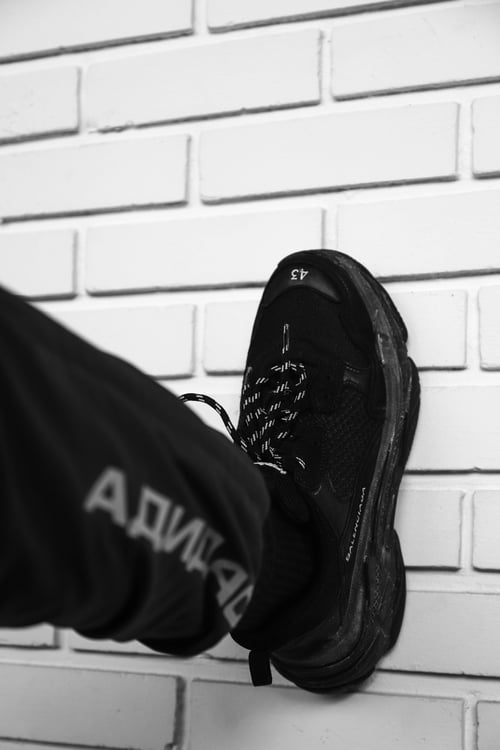
From broken nails and blisters to hammer toes and fractures, foot problems are very common among dancers. Over time, years of dancing jazz, tap, ballet and en pointe can result in more serious, permanent damage to the feet. Completing jumps, plies and pointes requires healthy, mobile, flexible feet, so even though many dancers simply dance their way through the pain, taking preventive measures and getting proper treatment for foot injuries is important.
Common Dancer’s Foot Injuries
Foot pain is very common among dancers, and the temptation is to simply ignore the pain and hope it goes away. Some of the most common injuries and causes of foot pain for dancers include:
- Blisters — Shoes that rub or wearing shoes that don’t have enough protection or padding can result in blisters on the feet, which can be very painful. While blisters may not seem serious, if you’re constantly getting blisters or they never seem to heal, those blisters can become infected and become an even bigger problem.
- Bunions — Bunions are bone deformities that result in the big toe leaning toward your other toes. While they are difficult to prevent or fully cure, there are options like gel aligners, stretching, strengthening exercises, or better-fitting shoes that can keep bunions from getting worse. In severe cases, surgical intervention may be needed.
- Plantar Fasciitis — This injury affects the sole of the foot and is usually caused by overuse. The fibrous, tough band of tissue that connects your heel to the base of your toes becomes very painful and inflamed. Tightness in the Achilles tendon or the calf muscle can increase the pain, as can dancing on non-sprung floors or hard surfaces. Overnight splints and physical therapy are often used to relieve this condition.
- Metatarsalgia — This problem causes tenderness and pain under the ball of your foot, and it’s often caused by instability within the joints of your smaller toes as a result of extreme motion or overwork. Strengthening muscles that help control toe flexion often helps, as may orthotic prescriptions. Rest and ice are often recommended.
- Hallus Rigidus or Limitus — With this foot problem, dancers often have restriction of movement and/or pain at the joint of their big toe. Limited mobility in this area can cause the bones of the joint to rub together when forcing certain dance moves like a high relevé. It may also become apparent while doing a full demi-point. As a result of the bones rubbing together, bony spurs may develop, which can cause further problems.
Tips for Preventing Lifelong Injuries
Dancing through foot pain is common among dancers since many don’t feel like they can take time off to rest and heal. Dancing takes a toll on the body and the feet often take most of the stress. Some foot injuries and problems can cause lifelong issues, so it’s best to take measures to prevent injuries before they happen. A few tips for preventing injuries include:
- Tip #1 — Choose the Right Footwear — It’s essential to have the right footwear to prevent injuries. You need to have properly fitting shoes and, if heels are a requirement, try going with low heels that fit your toes and feet comfortably. Performing in ill-fitting shoes is an invitation to foot pain and injury.
- Tip #2 — Properly Stretch and Condition Foot and Leg Muscles — Tight muscles are prone to injury, so it’s always important to properly stretch and condition your foot and leg muscles. Stretching your arch with a tennis ball can help. Using correct techniques, landing properly when doing jumps and dancing within your ability level are all important as well.
- Tip #3 — Don’t Try Fixing Problems on Your Own — Some dancers try dealing with foot problems themselves with razor blades or scissors, but this puts you at risk for infection and more serious problems in the future.
- Tip #4 — Visit a Podiatrist Regularly — Your feet are essential for your job as a dancer, so see a podiatrist regularly. Failing to take care of small problems now can make them turn into bigger, permanent problems.
Foot pain and injuries often come with the job description if you’re a dancer, but taking measures to prevent severe problems can help keep your feet healthier. Follow these tips for happier, healthy feet so you can keep dancing longer.







